A three-step system to make change stick—so you can train without flare-ups.
A clear mechanism for “knots” and a repeatable way to unlock them so the change sticks.
Local sarcomere lock in a taut band that irritates nociceptors.
Targeted pressure to interrupt the pain–spasm loop.
Restore O2/ATP so fibers can actually relax.
Shear & re-hydrate glide layers; reduce drag.
Eccentrics + breath organize length & tone.
Build a 10-minute RELIEF™ plan tailored to your pain, tools, and schedule. Mobile-friendly. ~60–90 seconds.
If none apply, “None of the above” stays checked—just continue.
Work one-on-one with Johann. $39 SCIFR Screen
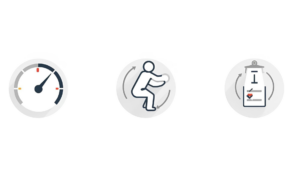


R – Recognize: find the nodule.
E – Express: precise compression
L – Load-Relax (PNF): reset motor control.
I – Improve Glide: light IASTM
E – Eccentric: KBox/Reformer/bands — “relearn” new length.
F – Full-Breathwork: down-regulate tone.

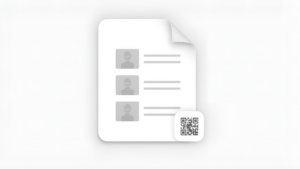
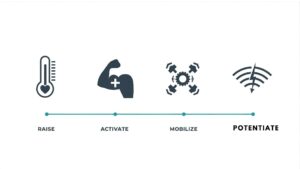
Updated SEPT. 2025
Find the taut band/tender nodule. For deep muscles (psoas/multifidus), use a surrogate isometric (gentle 10-sec hold) to pinpoint.
Ischemic compression with ball or thumb at ~6/10 “good hurt” to interrupt the pain–spasm loop and start perfusion.
Press 5 s → relax → sink a little deeper. Repeat to restore length–tension & control.
Light IASTM/scraping or dynamic cupping to re-hydrate fascia layers and reduce drag.
Slow negatives (~4 s lowering) in the exact motion that was limited to “save” the new length.
ALDOA / DNS-style posture with long exhale to down-regulate tone and stabilize the change.
Daily rhythm: AM run steps 1–4 (~10 min). PM run steps 5–6 (~10 min). Track ROM & pressure-pain; expect meaningful change by Week 4.
Pressure → perfusion: targeted compression raises pressure-pain threshold and restores easy ROM.
Shear → glide: scraping/cupping hydrates glide layers so motion stops feeling “gritty.”
Eccentrics + breath → keep: slow negatives add sarcomeres; long exhale calms tone so gains last.
SCIFR (pronounced “Cypher” is a 5-pillar, 6-step protocol to resolve stubborn muscle knots and restore pain-free movement. It combines precise compression, fascial shear (IASTM), slow eccentrics, and breath-based decompression so changes actually stick, not just feel better for 5 minutes.
R.E.L.I.E.F. = Recognize → Express pressure → Load-relax → Improve glide → Eccentric → Full-breath reset.
Must-have: firm ball (lacrosse), towel, timer/phone.
Nice-to-have: small scraper (a spoon works), mini-band or light DBs, reformer access, small cups, a mini massage gun.
Weeks 1–2: AM 10 min (R-E-L-I), PM 10 min (E-F), 5–6×/week.
Maintenance: 3–4×/week after the flare calms.
Immediately: small bump in ROM/pressure-pain tolerance.
~Day 7: ~15% pain drop (typical).
~Day 14: ~30% drop, easier daily motions/lifts.
~Week 4: meaningful, retained change if you keep the order and doses.
Likely knot/trigger point: dull/achy, tender nodule in a taut band, warms up and feels better after movement.
Likely joint/nerve: sharp catch/click that blocks motion, instability, numbness/tingling, night pain with fever/illness → get checked.
No. A pink flush is just a dose gauge (blood flow). Track range of motion and pressure-pain threshold instead. Avoid heavy petechiae (pinpoint bruising).
Eccentrics re-lengthen muscle fibers under control, improve motor control at end range, and help you retain the gains you create with compression and shear. Static stretching often doesn’t stick when tone/contracture and glide are the real problems.
They’re your unlockers in Steps 2–4 (Express pressure → Load-relax → Improve glide). Then you lock the change with Eccentrics + Full-breath (Steps 5–6).
Yes, but you may not be able to palpate them directly. Use surrogate isometrics to locate/reactivity, apply gentle ball pressure (iliacus region), then eccentrics and breath (ALDOA/DNS). If no change by Day 14, escalate to a clinician; consider dry needling where legal.
It’s an optional referral for deep/latent trigger points. Not DIY. In California and many states, it’s limited to licensed providers (e.g., physicians, acupuncturists). We include it as a clinical escalation, not a self-care step.
Acupuncture = traditional Chinese medicine framework; dry needling = trigger-point/motor-point approach in a musculoskeletal framework. Scope and legality vary by state—follow your local laws and use licensed providers only.
Usually benign if it’s painless. If it comes with pain, swelling, catching, or loss of motion, scale load and get assessed.
On anticoagulants, fragile skin, or neuropathy → go ultra-light or skip scraping; favor gentle compression + movement.
Avoid over bony prominences, open wounds, active infection, or unexplained swelling.
Use it mainly for controlled eccentrics and breath-driven decompression:
Footwork slow return, pulling straps negatives, bridging with long exhale.
Keep the 4-second lowering and 45–60s breath holds.
Yes. Eccentrics restore optimal length-tension without making you “loose.” You’re organizing stiffness, not erasing it.







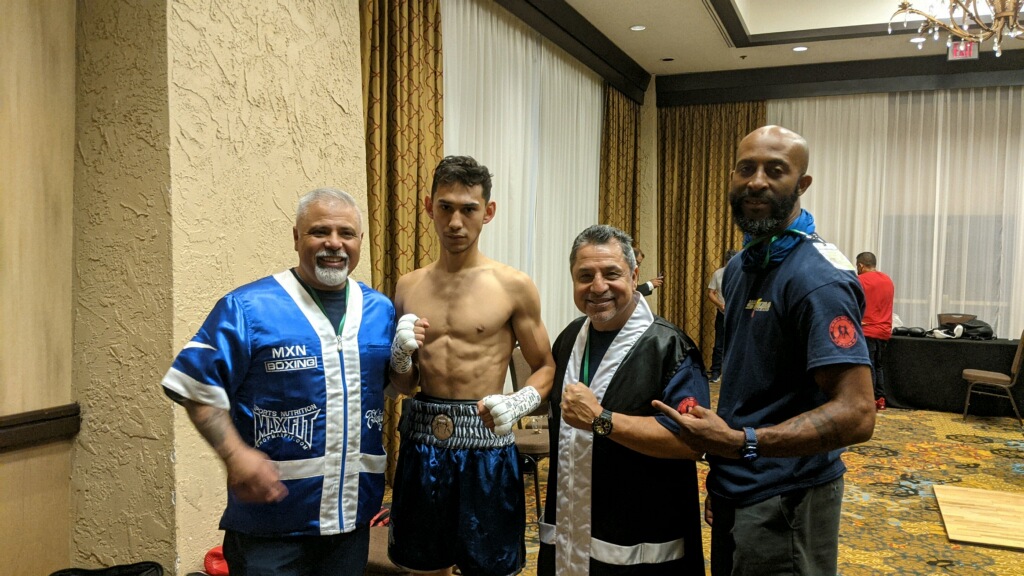
“Working with Johann was an absolute pleasure during my camp. Johann is knowledgeable of the progressive nature of a fight camp, thus he was able to create a program that built my conditioning/strength up to a point through increasingly harder workouts and then plateaued until the day of my fight. Johann’s awareness of over-training translates into his workouts which are difficult enough for you to need to push past comfortability but never over the top or dangerous.”
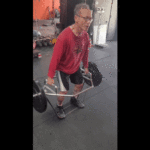
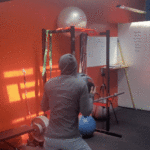

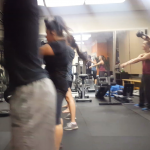
Credit to $150 within 7 days.
Tell me where it hurts. I’ll reply with your next best step (in-person or virtual).
Sign up includes 1 PDF: SCIFR Method for Reset.
Unsubscribe anytime.